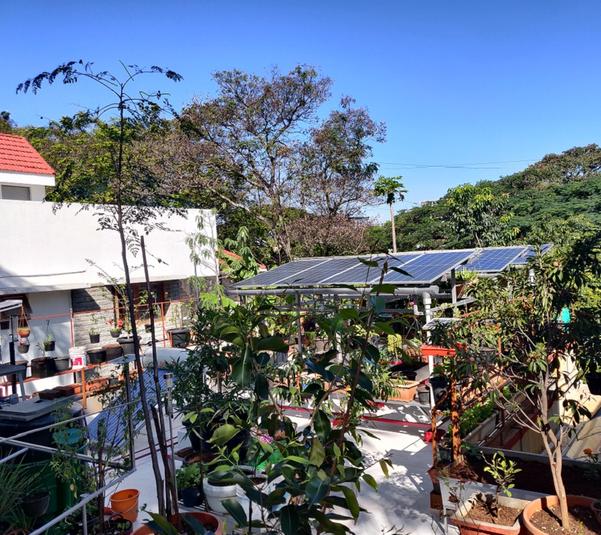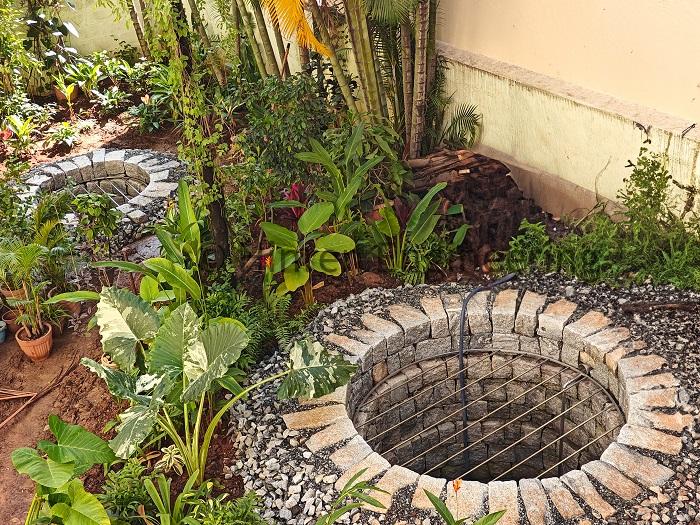Agro-Photovoltaics or Agro-PV or Agri-PV is a rooftop innovation that brings together solar power generation and urban farming in one integrated system. Instead of choosing between panels or plants, Agro-PV makes rooftops work smarter—producing both clean electricity and fresh nutrition. By doing so, it turns unused roof space into a productive, climate-positive asset. How it Works Solar panels are mounted on elevated structures, allowing sunlight and airflow to reach the plants below. Walkways are incorporated for easy maintenance, while the design ensures that crops receive balanced light and shade. This dual setup not only creates food and energy but also keeps the rooftop cooler, improving comfort and boosting solar efficiency. Key Benefits 1. Dual Purpose Use: Generate electricity and grow fresh produce from the same roof. 2. Cooling Advantage: Plants reduce rooftop heat, cut AC demand, and enhance panel performance. 3. No Roof Damage: Crops are grown on raised platforms, removing the need for extra waterproofing. 4. Livable & Green: Creates shaded sit-outs, fosters biodiversity, and improves rooftop aesthetics. 5. Water Wise: Solar panels double up as rainwater catchment systems, supporting harvesting. Why it Matters for India With over 1.5 billion people and rising demand for food and energy, Agro-PV offers a scalable urban solution. Rooftops across homes, apartments, schools, and offices can be transformed into self-reliant systems that contribute to both climate action and community well-being. “Clean energy and clean nutrition—right from your roof. A step toward a greener, healthier nation.”


